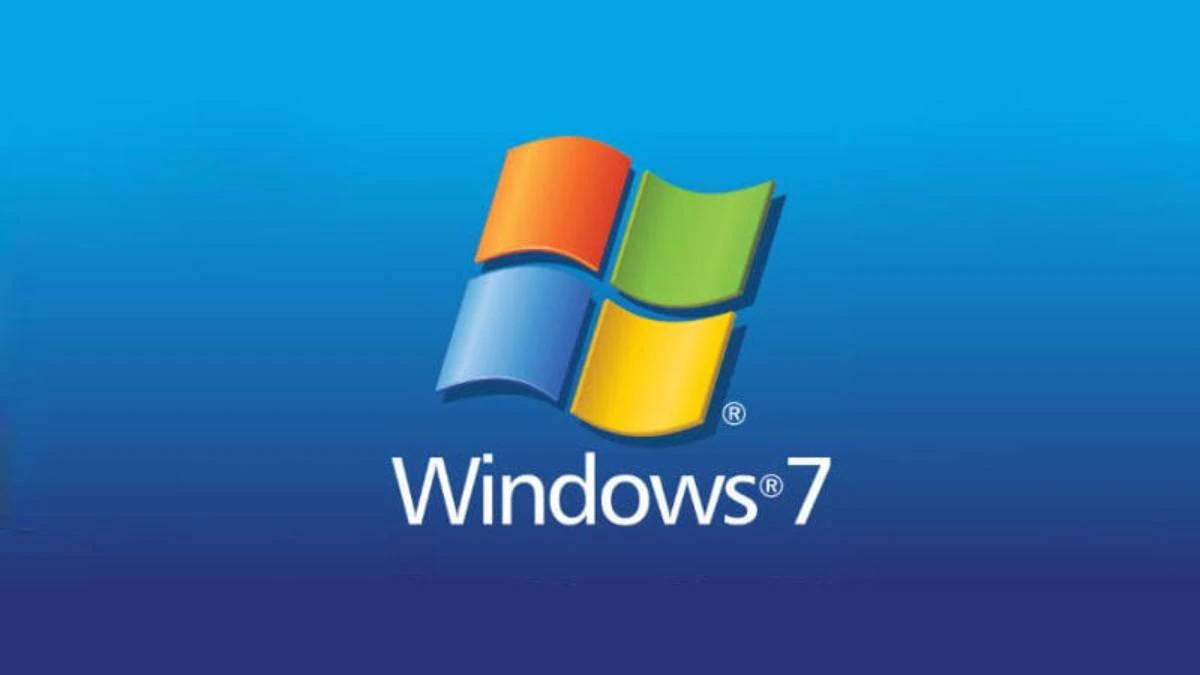You can still run Windows 7 without regular safety patches – but at your own risk
Despite the authorized life span of Windows 7 ending earlier this week, statements have claimed that the software may still live on for a bit extended.
Microsoft has obviously added UEFI and Secure Boot to Windows 7, potentially expanding the life of machines still using the platform without the concerns of being hit by a cyberattack.
Secure Boot permits a computer to review that the software and firmware drivers it utilizes at boot are signed off by the manufacturer. Its late addition to Windows 7 could be a further nod to the point that the platform stays a firm favorite for multiple business users who depend on the OS to operate certain office software.
Windows 7 Secure Boot
While authorized support for Windows 7 ended in 2020, in recognition that multiple enterprise and education users were still using the Operating System that first debuted in 2009, Microsoft opened up an Extended Security Updates program in an action to hold bugs at bay in its hit operating system(OS).
Fast ahead 3 years, and Microsoft has currently ended that program, as of 10 January 2023, which leaves multiple users now wondering what to do, and whether they should bite the bullet and upgrade to a more recent new version of the Windows operating system(OS).
According to figures by Statcounter, Windows 7 accounted for 11.2% of all Windows installations at the end of 2022, making it less famous than Windows 11 which accounted for a touch under 17% of all installs, though the figures recommend that Windows 11 only passed Windows 7 in terms of favor in August 2022.
Heading up the charts, according to Statcounter, is Windows 10, inhabiting more than two-thirds of the Windows market, while Windows 8 and 8.1 carry up just 3.26% combined.
Joining Windows 7 at its end of life is Windows 8.1, which never achieved as much traction as its predecessor, leaving computer users who want regular protection patches to choose between Windows 10 and Windows 11.
Read This: Apple Devices Preview Application for Windows Contains References to ‘Reality OS’ and ‘xrOS’

Tom is the expert behind TechToday19.com, leveraging over a decade of experience in the tech industry. With a Bachelor’s degree in Computer Science and numerous certifications in emerging technologies, Tom provides readers with in-depth, reliable insights into the latest tech trends and innovations. His extensive background ensures that every article on TechToday19.com is grounded in expert knowledge and thorough research.
Tom’s influence extends beyond the website, with a robust following of 236K on Instagram. Stay connected for the latest tech updates and exclusive content by following him on Instagram.

